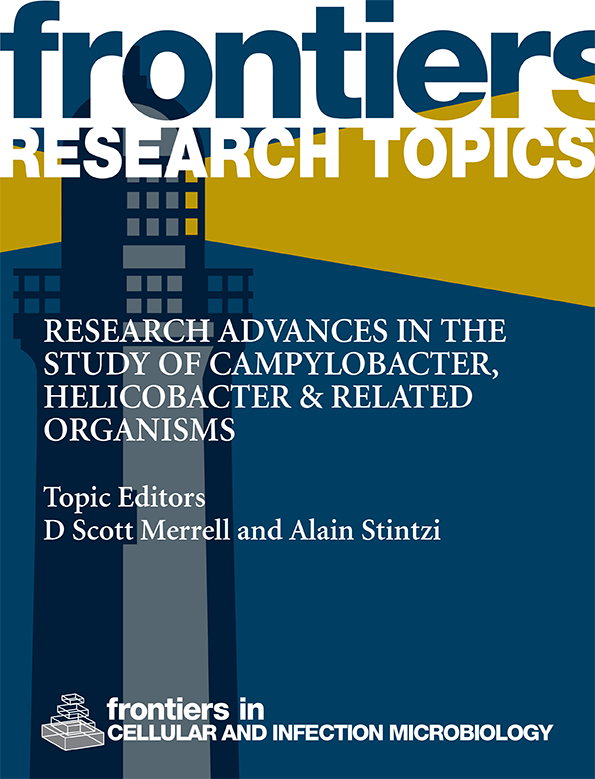Diagnostic performance of metagenomic sequencing in patients with suspected infection: a large-scale retrospective study
IF 4.6
2区 医学
Q2 IMMUNOLOGY
Frontiers in Cellular and Infection Microbiology
Pub Date : 2024-09-06
DOI:10.3389/fcimb.2024.1463081
引用次数: 0
Abstract
BackgroundMetagenomic next-generation sequencing (mNGS) has been widely reported to identify pathogens in infectious diseases (IDs). In this work, we intended to investigate the diagnostic value and clinical acceptance of paired-samples mNGS as compared to the culture method.MethodsA total of 361 patients with suspected infection were retrospectively included. With reference to the clinical diagnosis, we compared the diagnostic performance and clinical acceptance in pathogen detection between mNGS and culture tests. Moreover, the pathogen concordance of paired blood and respiratory tract (RT) samples in mNGS assay was investigated.ResultsAmong 511 samples, 62.04% were shown to be pathogen positive by mNGS, and that for clinical diagnosis was 51.86% (265/511). When compared to culture assay (元基因组测序在疑似感染患者中的诊断性能:一项大规模回顾性研究
背景新一代基因组测序(mNGS)被广泛报道用于鉴定传染病(IDs)中的病原体。方法回顾性纳入了 361 例疑似感染患者。参照临床诊断,我们比较了 mNGS 和培养检测在病原体检测方面的诊断性能和临床接受度。结果 在 511 份样本中,62.04% 的样本经 mNGS 检测呈病原体阳性,而临床诊断的病原体阳性率为 51.86%(265/511)。与培养检测(n = 428)相比,mNGS 的阳性率明显更高(51.87% 对 33.18%)。在临床诊断方面,mNGS 的灵敏度高于培养(89.08% 对 56.72%)。重要的是,mNGS 的临床接受率明显高于培养。此外,53 份血液和 RT 配对样本的 mNGS 结果显示,大多数血液和 RT 配对样本的病原体均为阳性,其中大部分病原体为部分匹配。此外,血液样本和配对 RT 样本大多具有部分匹配的阳性病原体,尤其是 RT 中读数丰富的病原体,这表明血液和 RT mNGS 都能帮助鉴定呼吸系统感染的病原体。
本文章由计算机程序翻译,如有差异,请以英文原文为准。
求助全文
约1分钟内获得全文
求助全文
来源期刊

Frontiers in Cellular and Infection Microbiology
IMMUNOLOGY-MICROBIOLOGY
CiteScore
7.90
自引率
7.00%
发文量
1817
审稿时长
14 weeks
期刊介绍:
Frontiers in Cellular and Infection Microbiology is a leading specialty journal, publishing rigorously peer-reviewed research across all pathogenic microorganisms and their interaction with their hosts. Chief Editor Yousef Abu Kwaik, University of Louisville is supported by an outstanding Editorial Board of international experts. This multidisciplinary open-access journal is at the forefront of disseminating and communicating scientific knowledge and impactful discoveries to researchers, academics, clinicians and the public worldwide.
Frontiers in Cellular and Infection Microbiology includes research on bacteria, fungi, parasites, viruses, endosymbionts, prions and all microbial pathogens as well as the microbiota and its effect on health and disease in various hosts. The research approaches include molecular microbiology, cellular microbiology, gene regulation, proteomics, signal transduction, pathogenic evolution, genomics, structural biology, and virulence factors as well as model hosts. Areas of research to counteract infectious agents by the host include the host innate and adaptive immune responses as well as metabolic restrictions to various pathogenic microorganisms, vaccine design and development against various pathogenic microorganisms, and the mechanisms of antibiotic resistance and its countermeasures.
 求助内容:
求助内容: 应助结果提醒方式:
应助结果提醒方式:


